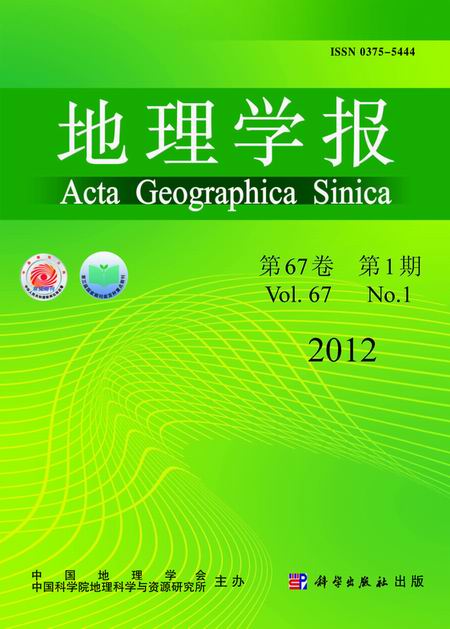WANG Xinsheng, XU Jing, LIU Fei, GAO Shoujie
The land surface emissivity is one of the important parameters in temperature inversion from thermal infrared remote sensing. With the aid of MOD11C3 of Terra-MODIS L3 level products, we obtained 10-year spatial-temporal data sets of land surface emissivity in China from 2001 to 2010. The results show that Northwest China's desert region has the minimum land surface emissivity in China, with little seasonal variations. In contrast, there are significant seasonal variations in land surface emissivity in Northeast and Northwest China, Qinghai-Tibet Plateau, the Yangtze River Basin, East and South China. In winter, the land surface emissivity is relatively high in Northeast and Northwest China. The land surface emissivity of Qinghai-Tibet Plateau maintains a lower value from November to March, while it is higher in other months. The land surface emissivity of the Yangtze River Basin, East China, South China and Sichuan Basin decreases from July to October, and peaks in August. Land surface emissivity values could be divided into five levels: low emissivity (0.6163-0.9638), low-moderate emissivity (0.9639-0.9709), moderate emissivity (0.9710-0.9724), moderate-high emissivity (0.9725-0.9738), and high emissivity (0.9739-0.9999). The percentages of regions with low emissivity, low-moderate emissivity and moderate emissivity are, respectively, about 20%, 10% and 20%. The moderate-high emissivity regions makes up of 40%-50% of Chinese surface land area. The inter-annual variation of moderate-high emissivity region is also distinct, with two peaks (in spring and autumn) and two troughs (in summer and winter). The inter-annual variation of high emissivity regions is very significant, with a peak in winter (10%), while only 1% and 2% in other seasons. There is clear relationship between the spatial-temporal distribution of Chinese land surface emissivity and temperature: the higher the emissivity, the lower the temperature, and vice versa. Emissivity is an inherent property of any object, but the precise value of its emissivity depends greatly on its surrounding environmental factors.
